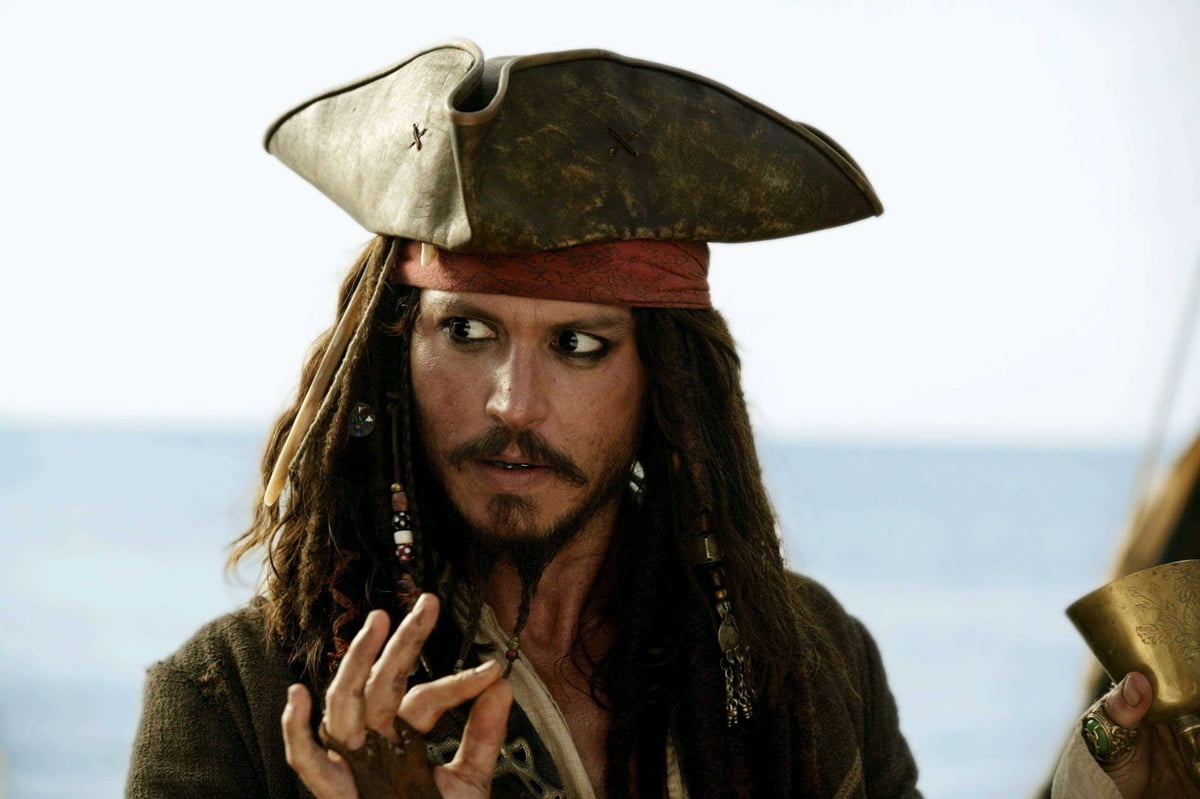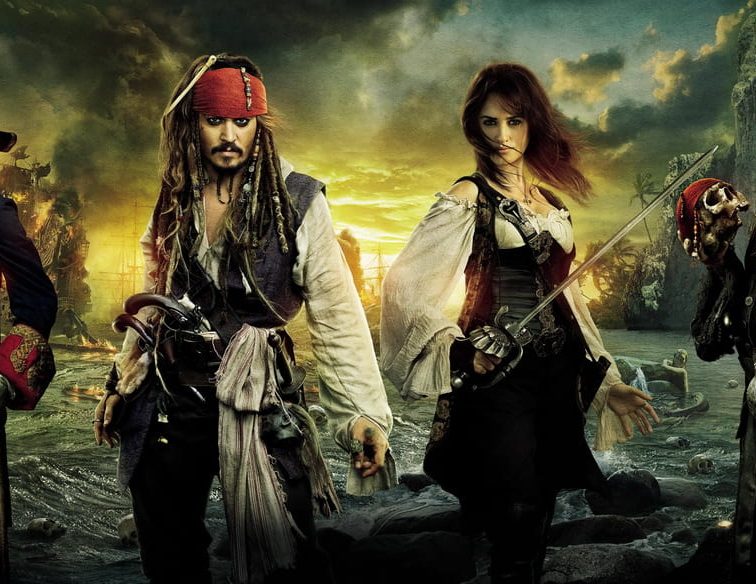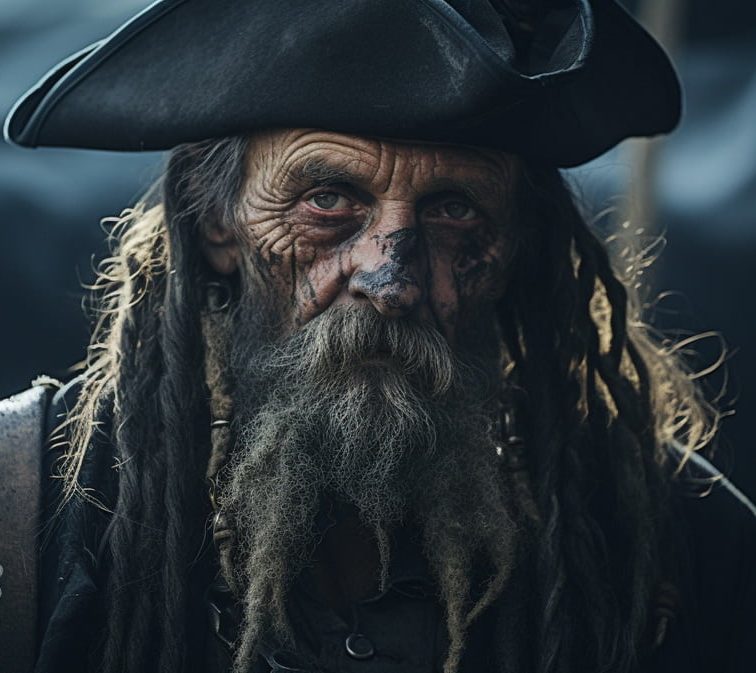Imagine delving into the enigmatic world of the most charismatic pirate to ever sail the seven seas, Captain Jack Sparrow. From his unexpected origins on a pirate ship during a typhoon to the inspiration behind his character by none other than Hugh Jackman, the depths of Sparrow’s legacy are as mysterious as they are thrilling.
Did you know that Johnny Depp’s portrayal, infused with eccentricities and an iconic swagger, was once feared to derail the entire Pirates of the Caribbean franchise? Or that Depp based Sparrow’s persona on a fusion of Keith Richards and a Looney Tunes character? These anecdotes barely scratch the surface.
Embark on a voyage to uncover the fun facts about Jack Sparrow, where truth rivals the tales of folklore, and discover the man behind the legend.
1. Captain Jack Sparrow is a Fictional Character
Jack Sparrow is a fictional character and the main protagonist of the “Pirates of the Caribbean” film series, created by screenwriters Ted Elliott and Terry Rossio. The character was significantly developed and portrayed by Johnny Depp, who introduced elements inspired by The Rolling Stones’ guitarist Keith Richards and Looney Tunes cartoons. Sparrow made his first appearance in the 2003 film “Pirates of the Caribbean: The Curse of the Black Pearl” and subsequently appeared in the sequels “Dead Man’s Chest” (2006), “At World’s End” (2007), “On Stranger Tides” (2011), and “Dead Men Tell No Tales” (2017).
The creation of Jack Sparrow was rooted in the desire to introduce a character that combined traditional pirate myths with a unique and charismatic depth. Initially envisioned by Elliott and Rossio as a supporting character, Sparrow’s final portrayal by Depp, with his unconventional traits and appearance, elevated the character to the series’ lead. The inspiration from Keith Richards and animated characters contributed to Sparrow’s distinctive persona, marked by a flamboyant style and a cunning, albeit quirky, intelligence.
“Pirates of the Caribbean” draws inspiration from the Disney theme park ride of the same name. Following the success of the first film, the character of Jack Sparrow was incorporated into the theme park ride, reflecting his significant impact on the franchise’s popularity. The character has also been featured in various spin-off novels, video games, and other media, further expanding his presence beyond the film series.
The development of Jack Sparrow marked a notable collaboration between the writers, the actor (Depp), and the creative team, resulting in a character that stands out in cinematic history for his unique blend of humor, adventure, and unpredictability.
2. Sparrow’s Name Origin
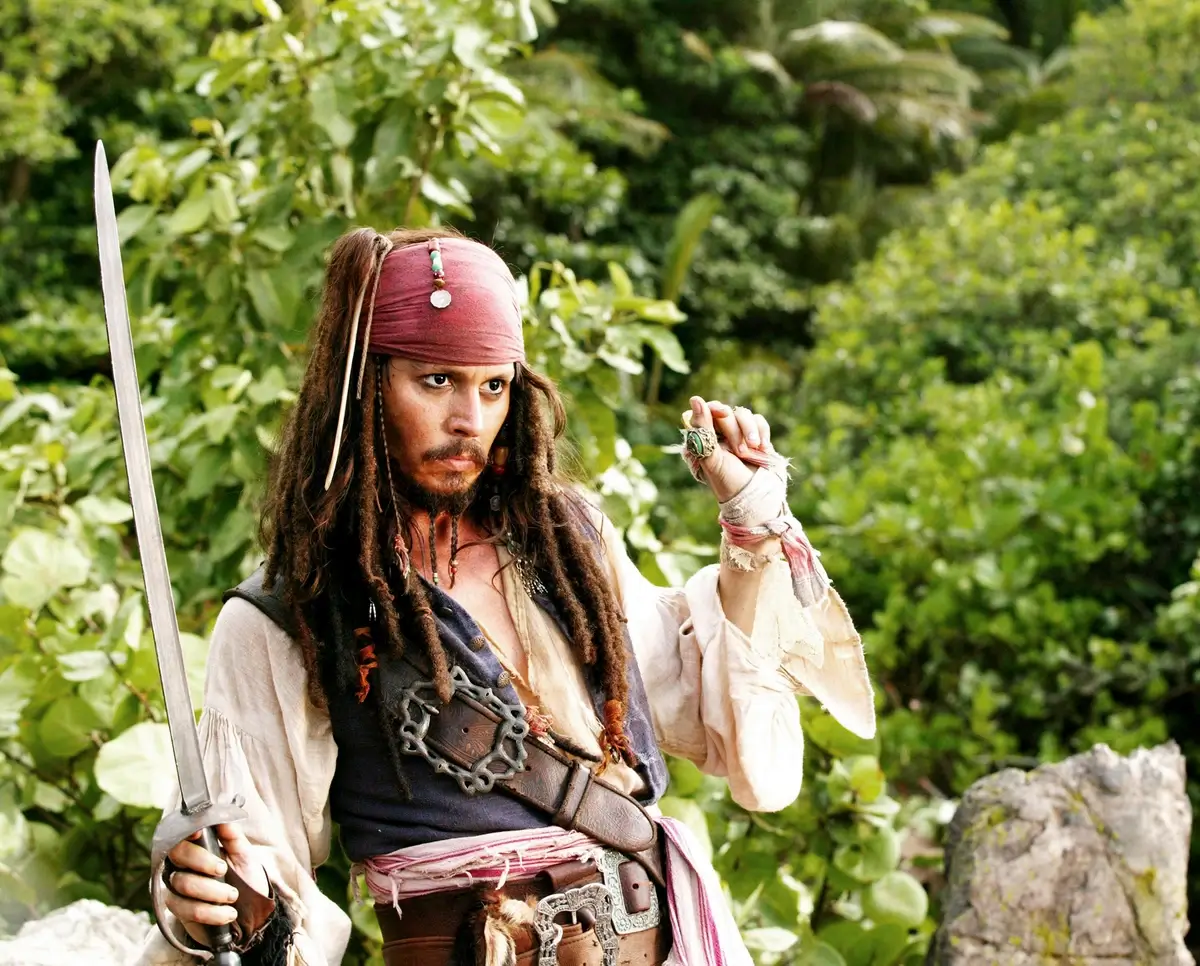
Image: thetimes.co.uk
The name Jack Sparrow is not just a whimsical choice; it’s rooted in the annals of piracy and adventure, drawing inspiration from a historical figure whose life mirrored the daring escapades of cinema’s most beloved pirate. The real-life pirate John Ward, infamous for his actions under Queen Elizabeth I, became a legend of the high seas. Known for his audacity and quest for freedom, Ward earned the nickname Asfour, Arabic for “sparrow,” symbolizing his cunning and agility. This connection between Ward’s life and the character of Jack Sparrow adds a layer of authenticity to the pirate’s cinematic portrayal, bridging the gap between historical fact and modern fiction.
Ward’s influence on the creation of Jack Sparrow highlights the character’s basis in real pirate lore, lending him an air of legitimacy amidst the fantastical elements of the Pirates of the Caribbean series. This historical tie enriches the character, making him more than just a fictional creation; Jack Sparrow becomes a modern interpretation of the pirate archetype, with roots stretching back to the golden age of piracy.
3. Character Initially Feared
When Johnny Depp first stepped into the role of Captain Jack Sparrow, his unique interpretation initially raised concerns among Disney executives. Depp’s decision to imbue Sparrow with “dangly bits” and gold teeth sparked debate within the studio, pushing the boundaries of the character far beyond Disney’s original vision. These creative choices led to discussions about limiting these unconventional aspects of Sparrow’s appearance, reflecting the studio’s uncertainty about Depp’s bold departure from the conventional pirate archetype.
Moreover, Depp’s portrayal was not only about appearances but also stemmed from a deep creative process, including envisioning Sparrow’s peculiar mannerisms during an intense sauna session. This approach led to Sparrow’s distinctive, wobbly sea legs on land, further contributing to Disney’s initial reservations. Executives were concerned that Depp’s portrayal might be perceived as either insane, overly intoxicated, or even misinterpreted regarding Sparrow’s sexuality, fueling intense discussions about the character’s direction.
Despite these challenges, Depp remained steadfast in his vision, suggesting that Disney would have to fire him to change Sparrow’s portrayal. This gamble paid off, as Sparrow’s character became a defining element of the franchise’s success, illustrating how close the Pirates of the Caribbean series came to a very different depiction of its most iconic character.
4. Inspiration from Hugh Jackman
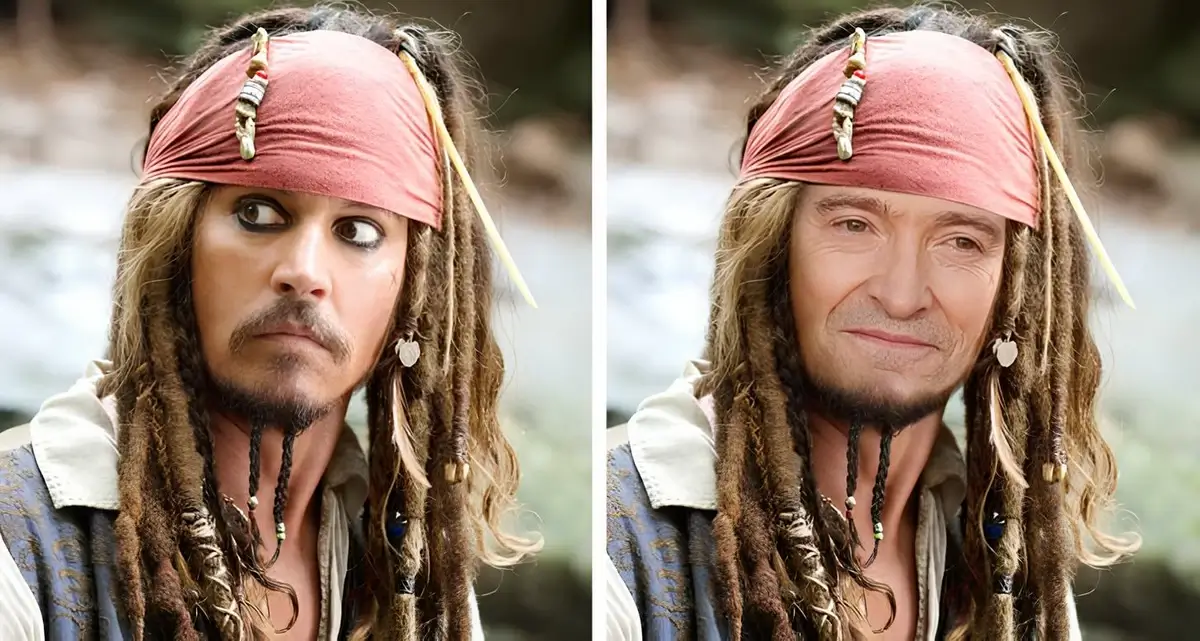
Johnny Depp on the left, Hugh Jackman on the right. Image: brightside.me
Before Johnny Depp immortalized the character of Captain Jack Sparrow, the role was envisioned for another actor known for his dynamic presence: Hugh Jackman.
Screenwriter Stuart Beattie originally penned the character with Jackman in mind, drawing from the actor’s burgeoning stardom in Australia. However, at the time, Jackman’s international appeal was not as established, leading Disney to opt for the already renowned Depp.
5. Gold Teeth as Personal Touch
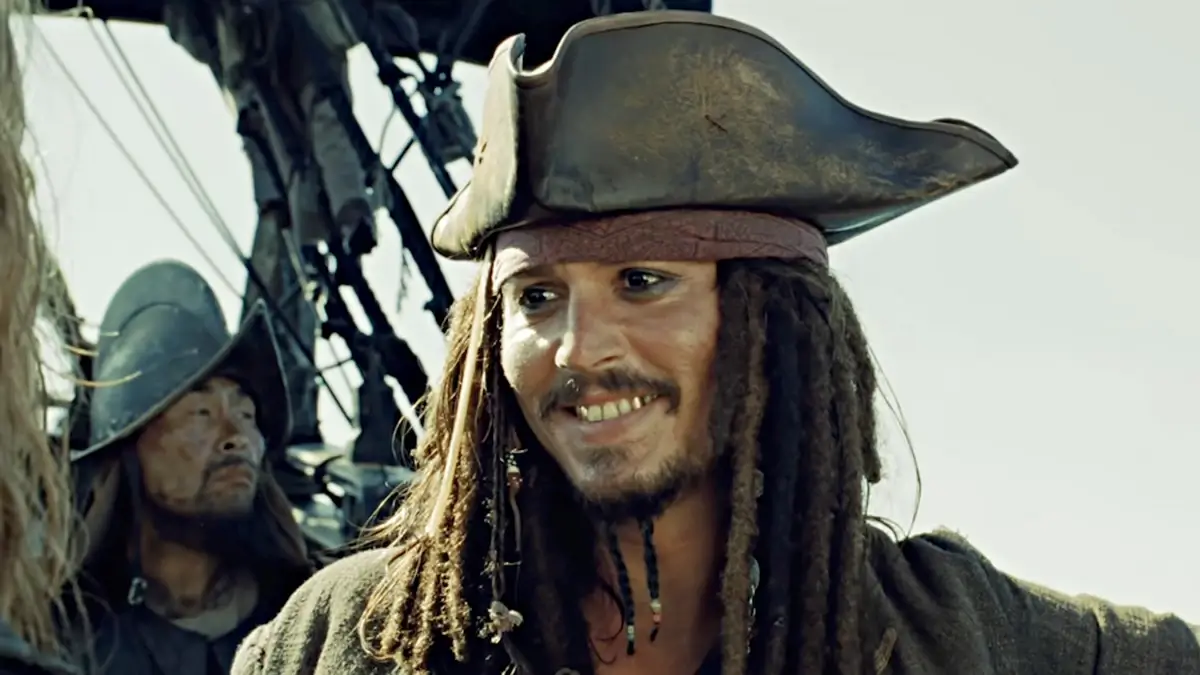
Image: IMDb
Johnny Depp’s portrayal of Captain Jack Sparrow in the “Pirates of the Caribbean” franchise is marked by many distinctive features, among which his gold teeth stand out as a personal touch added by the actor himself. Depp’s initiative to wear gold caps on all his front teeth for the character was initially a surprise to the film’s producers, including Jerry Bruckheimer, and even caused some discomfort among Disney executives.
Despite their reservations, Depp’s vision for the character prevailed, albeit with a compromise involving the removal of a few of the gold caps.
6. Authentic 18th Century Weapons in “Pirates of the Caribbean”
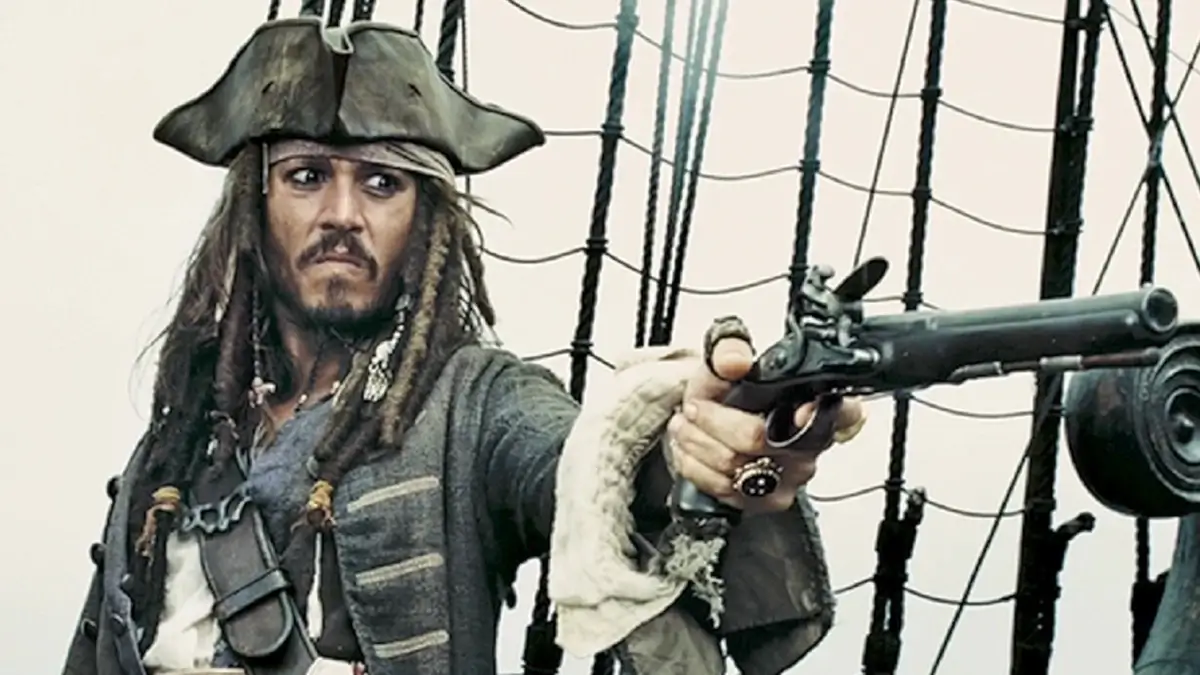
Image: Reddit
“Pirates of the Caribbean: The Curse of the Black Pearl” showcases an array of authentic 18th-century weaponry, enhancing the film’s historical accuracy and depth. Captain Jack Sparrow, portrayed by Johnny Depp, notably carries a .50 caliber English Flintlock Pistol, a genuine piece from the era, alongside reproductions for action scenes.
This attention to detail extends to various other firearms and weapons used throughout the movie, including the Tower Sea Service Pistol, Spanish Miqulet Flintlock Pistol, and the Brown Bess Musket, further immersing viewers into the pirate era of the 1720s.
7. Tattoos with Backstories

Image: shydragonrider.tumblr.com
Jack Sparrow’s tattoos, notably the sparrow and pirate brand, encapsulate his identity and adventures. The sparrow symbol, traditionally associated with sailors’ lore for safe return and good luck, mirrors Sparrow’s knack for navigating life’s tumultuous seas and returning from the brink. It serves as a metaphor for his resilience and enduring spirit in the face of adversity. The pirate brand, forcibly marking him as an outlaw, signifies his rebellion against conventional bounds, embracing a life of freedom and defiance.
These tattoos are not mere adornments but are imbued with the essence of Sparrow’s life philosophy, blending seamlessly with his persona as a pirate. They narrate tales of his quests, embodying themes of adventure, survival, and the pursuit of one’s own path, regardless of society’s dictates.
8. Spielberg’s Unfulfilled Pirate Dream
Steven Spielberg once envisioned directing a Pirates of the Caribbean movie, proposing Bill Murray, Steve Martin, or Robin Williams for Jack Sparrow. Despite his enthusiasm for the script inspired by Disneyland’s attraction, Disney rejected his casting ideas, leading to the project’s initial abandonment.
Decades later, under different leadership and a revamped script, Johnny Depp emerged as the iconic Sparrow, sidelining Spielberg’s early vision.
9. Born into Piracy: Jack Sparrow’s Backstory
Jack Sparrow, a character synonymous with the high seas and swashbuckling adventures, was born during a typhoon, imbuing his life with tumult and danger from the outset. This dramatic entrance into the world foreshadowed a life entwined with piracy, as he grew up amidst a society of pirates.
The lore suggests that from a young age, Sparrow was immersed in the pirate way of life, learning to navigate not only the treacherous waters but also the complex moral and social codes of pirate society. His upbringing in this environment shaped him into the cunning, charming, and somewhat eccentric pirate captain known and loved by fans worldwide.
10. The Iconic Query: “Why Is the Rum Always Gone?”
Jack Sparrow’s catchphrase, “Why is the rum always gone?”, originated from the 2003 film Pirates of the Caribbean: The Curse of the Black Pearl.
The phrase became a popular internet meme, especially after its recurrence in the 2006 sequel, Dead Man’s Chest. It humorously reflects Sparrow’s love for rum and has been widely used in remixes and memes, capturing the character’s wit and penchant for alcohol.
11. Critics’ Darling: Jack Sparrow
Despite varying reviews for the “Pirates of the Caribbean” films, Jack Sparrow, portrayed by Johnny Depp, remained a critics’ favorite. Depp’s depiction of the eccentric pirate was praised for its originality, injecting a unique charm that stood out even when the films themselves received mixed critiques. His performance was seen as a blend of the trickster and the ethically ambiguous hero, drawing comparisons to iconic characters like Bugs Bunny and Groucho Marx.
Depp’s Sparrow became so iconic that he was integrated into the Disney theme park ride that inspired the movies, illustrating his significant impact.
12. Literature Appearances: Beyond the Silver Screen
Jack Sparrow’s life beyond the films is richly chronicled in a series of novels that delve into his swashbuckling adventures and mysterious past. Notably, the “Pirates of the Caribbean: Jack Sparrow” series by Rob Kidd, which commenced in 2006, offers a glimpse into the youthful escapades of the future captain. This series, aimed at younger readers, consists of titles like “The Coming Storm” and “The Siren Song”, providing a fun, adventurous look at Jack’s early life and formative experiences.
For a more adult audience, the “Pirates of the Caribbean: Legends of the Brethren Court” series, also by Rob Kidd, expands on the lore of the pirate world. Set before the events of the movies, these books explore the intricate politics and alliances within the pirate community.
Another notable contribution is “The Price of Freedom” by A.C. Crispin (2011), a novel that dives deep into Jack Sparrow’s backstory, exploring his transition from a young sailor to the notorious pirate captain we know. This book stands out for its detailed exploration of Jack’s character and the Pirates universe, offering insights into his motivations, challenges, and the events that shaped his destiny.
13. Jack Sparrow’s Musical Theme: A Symphony of Adventure
Hans Zimmer, the legendary composer behind the iconic “Pirates of the Caribbean” soundtrack, crafted a musical theme that is as charismatic and memorable as Captain Jack Sparrow himself. With just three notes, Zimmer set the foundation for a theme that perfectly encapsulates the roguish charm and adventurous spirit of the beloved pirate. This musical motif not only unifies the franchise’s soundtrack but also stands out for its ability to be “deconstructed” across various themes within the series.
The theme’s popularity is evident, with tracks like “Jack Sparrow” and “He’s A Pirate” amassing millions of plays on Spotify, showcasing the enduring appeal of Zimmer’s composition and its significance in bringing the world of “Pirates of the Caribbean” to life.
14. Jack Sparrow’s Legacy in Disneyland’s Pirates of the Caribbean Ride
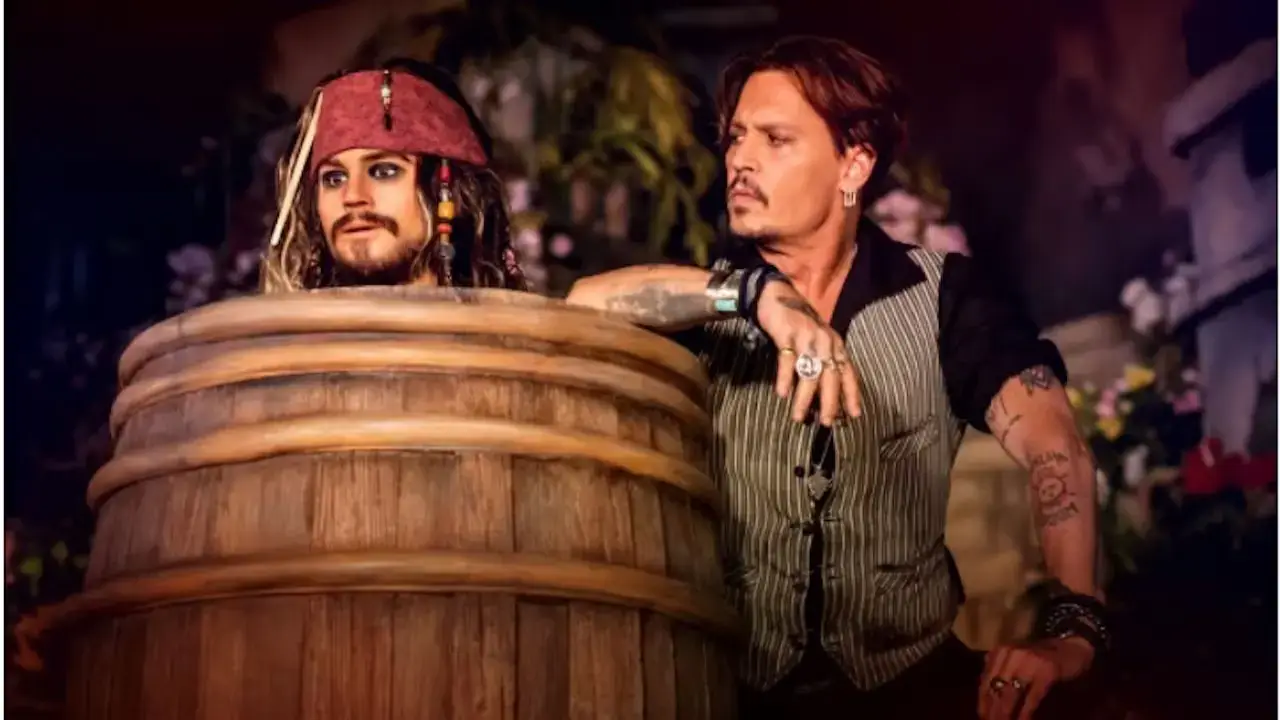
Image: disneyparks.disney.go.com
In a blend of cinematic narrative and theme park magic, Disneyland’s Pirates of the Caribbean ride integrates Captain Jack Sparrow, showcasing Disney’s knack for merging film franchises with immersive park experiences. On July 7, 2006, coinciding with the release of “Pirates of the Caribbean: Dead Man’s Chest,” Disneyland revealed a refurbished version of the iconic ride at Walt Disney World, Florida.
This renovation included lifelike animatronics of Captain Jack Sparrow and Barbossa, enhancing the ride’s allure and authenticity. This addition exemplifies Disney’s commitment to evolving park attractions by incorporating popular cinematic characters, ensuring that the rides stay relevant and engaging for visitors. The inclusion of Jack Sparrow not only pays homage to the character’s impact on the Pirates franchise but also enriches the guest experience, allowing fans to encounter their favorite pirate in a dynamic and interactive setting.
15. Fan Theories: Unraveling the Depths of Jack Sparrow and His World
The Pirates of the Caribbean franchise, rich with enigmatic characters and thrilling adventures, has inspired numerous fan theories that delve into the untold backstories and potential futures of its beloved pirate, Jack Sparrow, and his comrades. These theories range from Davy Jones not being the villain he appears, suggesting his actions were driven by broken promises and a quest for what he was owed. Another intriguing theory posits that Jack Sparrow’s uncanny luck could be attributed to a magical token he possesses, a fitting notion in a universe brimming with enchantment.
The speculation doesn’t stop there; some fans argue that Blackbeard’s portrayal as a villain in On Stranger Tides was a facade, and his ultimate sacrifice was made to save his daughter, showcasing a depth and complexity to his character previously unexplored. Another theory explores Jack Sparrow’s descent into alcoholism, suggesting the series subtly tracks his decline from a clever and effective captain to a shadow of his former self, mirroring the tragic reality of dependency.
16. The Role’s Physical Demands
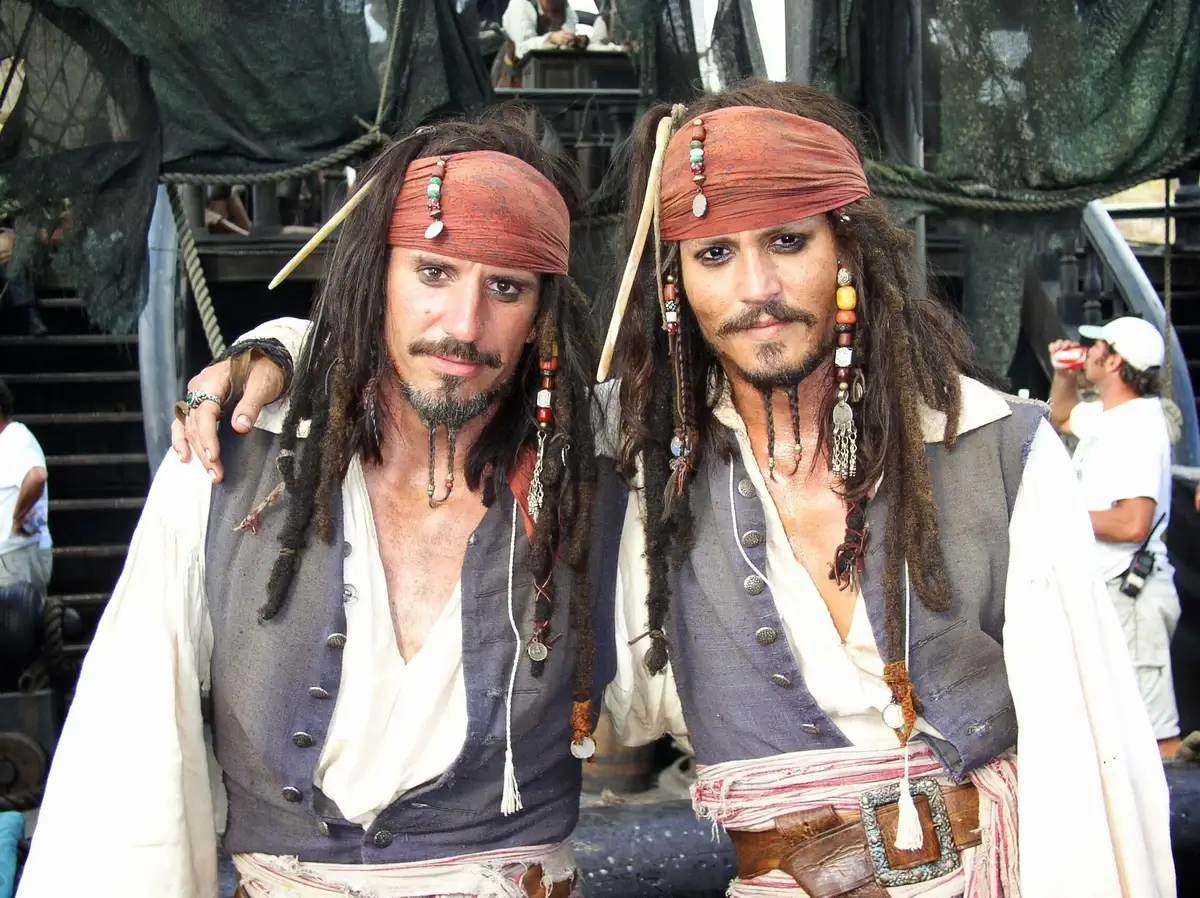
Johnny Depp and his stunt double as Captain Jack Sparrow. Image: fishki.net
Johnny Depp’s dedication to his roles often saw him performing challenging stunts, especially in the “Pirates of the Caribbean” series. His commitment to authenticity brought a tangible intensity to his performances but also came with physical costs. For instance, Depp suffered from “damaged nerves” during a stunt, showcasing the risks involved in bringing such dynamic characters to life.
Additionally, the physical toll wasn’t limited to Depp alone. His stunt double, Tony Angelotti, experienced a career-ending injury during a stunt gone wrong, which led to a severe pelvis injury and a lengthy recovery process. Angelotti’s ordeal underscores the dangers faced by stunt professionals in creating the action-packed scenes audiences love, highlighting the physical sacrifices behind the cinematic magic.
FAQ
What makes Jack Sparrow special?
Jack Sparrow, a fictional character from the “Pirates of the Caribbean” film series, is special due to his unique blend of cunning intelligence, humor, and unpredictability. His eccentric personality and unorthodox strategies distinguish him from traditional pirate archetypes, making him a memorable and beloved character.
What is Jack Sparrow’s real name?
Jack Sparrow’s real name, according to the character’s backstory, is indeed Jack Sparrow. There has been no indication in the films or official material that suggests an alternative real name for the character.
What is Jack Sparrow most famous for?
Jack Sparrow is most famous for his role as the eccentric and clever pirate captain in the “Pirates of the Caribbean” film series. He is particularly known for his quest for the Fountain of Youth, his escape from various forms of imprisonment, and his ability to navigate supernatural and mortal challenges alike.
How intelligent was Jack Sparrow?
Jack Sparrow is portrayed as highly intelligent, with a keen ability to manipulate situations and people to his advantage. His intelligence is demonstrated through his strategic thinking, problem-solving skills, and the ability to outwit his enemies, often using unconventional methods.
How is Jack Sparrow in real life?
As a fictional character, Jack Sparrow does not have a real-life counterpart. He is portrayed by actor Johnny Depp in the “Pirates of the Caribbean” film series, whose performance brought the character’s unique traits and mannerisms to life.
What age is Jack Sparrow?
Jack Sparrow’s exact age is not specified in the “Pirates of the Caribbean” film series. However, based on the timeline and historical setting of the films, it can be inferred that he is in his late 30s to early 40s in the first film, “The Curse of the Black Pearl.”
Is Jack Sparrow tall?
In the “Pirates of the Caribbean” films, Jack Sparrow’s height is not explicitly mentioned. Johnny Depp, the actor who plays Jack Sparrow, is approximately 5 feet 10 inches (178 cm) tall, which suggests that the character is of average height.
Does Jack Sparrow have a love?
Throughout the “Pirates of the Caribbean” series, Jack Sparrow shows romantic interest in several characters, most notably Elizabeth Swann. However, his love life is complex and often takes a backseat to his adventures and pursuits of freedom. The character is portrayed as having fleeting romantic encounters rather than a lasting love interest.


